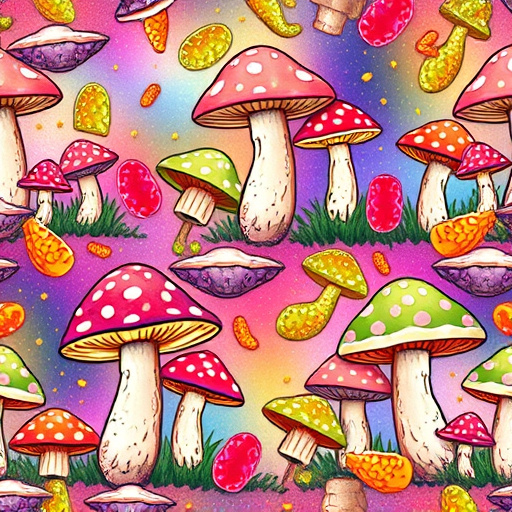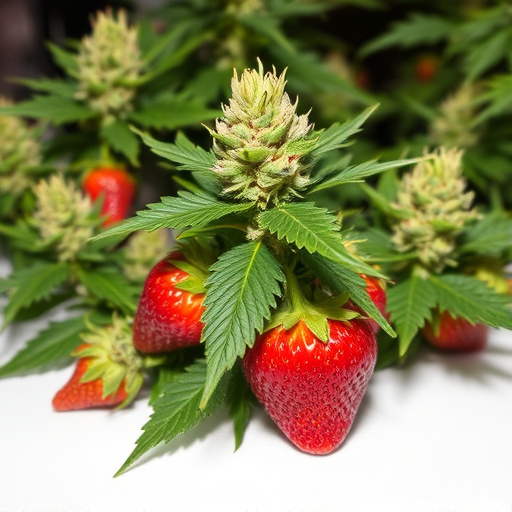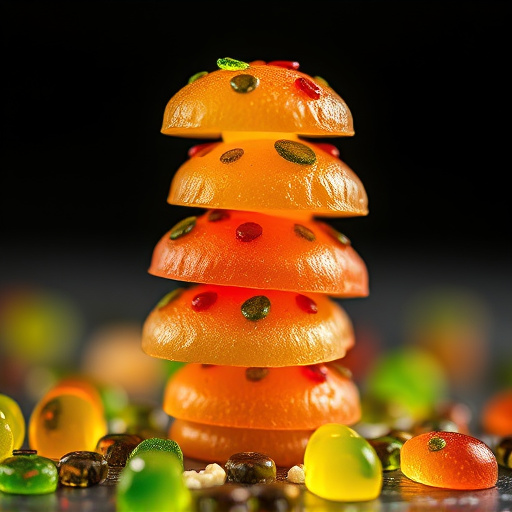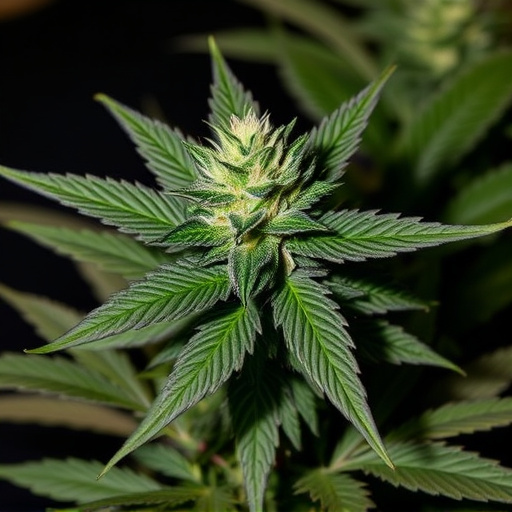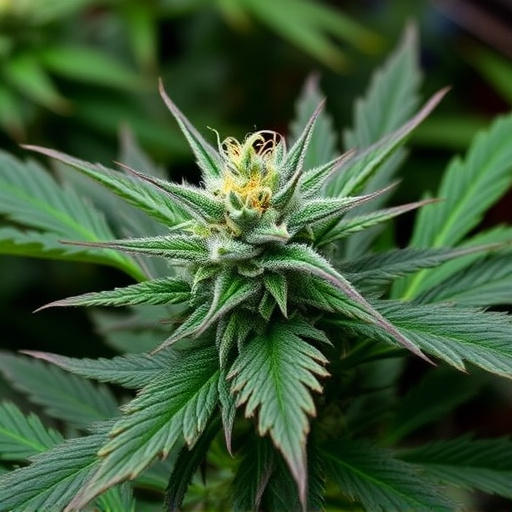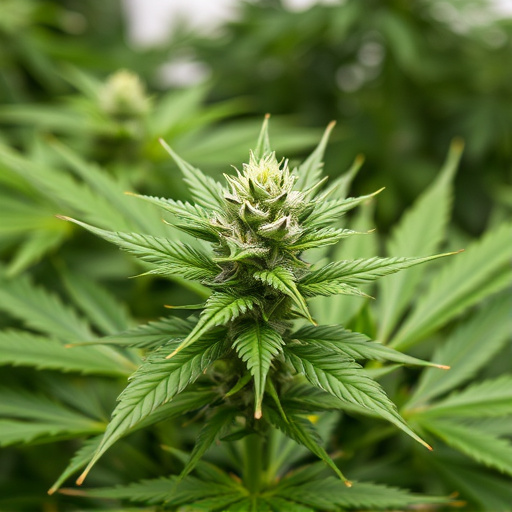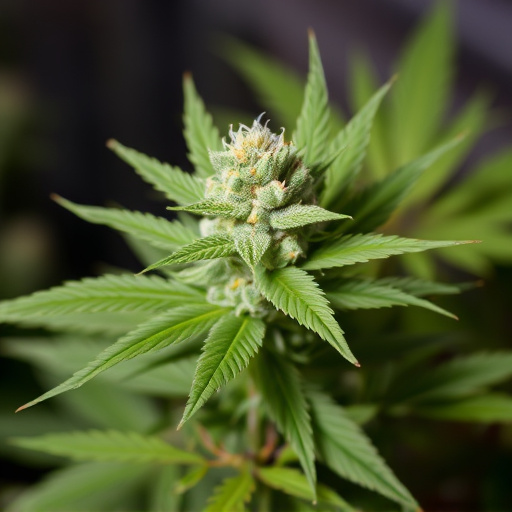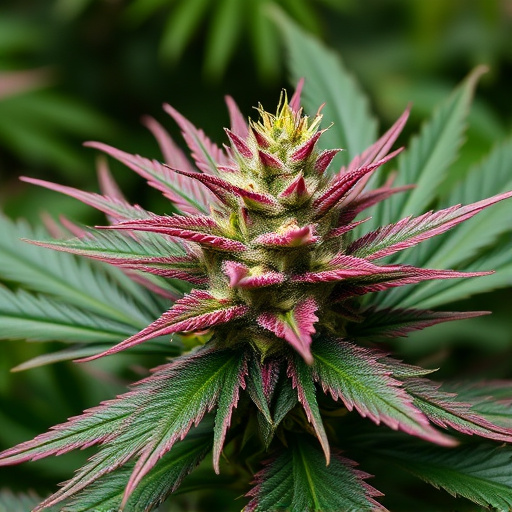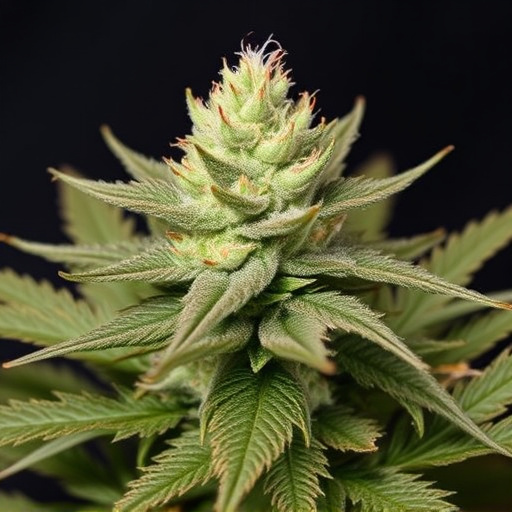While color doesn't directly determine potency, it offers valuable clues about cannabinoid and terpene profiles in cannabis strains. Recent research suggests specific colors correspond to higher concentrations of THC or CBD. Darker hues may indicate enhanced resin and terpene levels, offering potential therapeutic benefits. Understanding this science enables consumers to choose the "best strains of cannabis" tailored to their desired effects, with examples like Blue Dream, Super Silver Haze, and OG Kush renowned for their vibrant colors, balanced cannabinoids, and unique sensory experiences. Visual cues like hue, saturation, and brightness can provide insights into a strain's potential effects and flavors, aiding in selection.
“Uncover the intriguing connection between color and cannabis potency in this comprehensive guide. From the science behind pigmented compounds to their impact on the user’s experience, we explore how color can be a valuable indicator of cannabis strength. Discover the top strains renowned for both their striking visuals and potent effects, offering a unique perspective on the diverse world of cannabis. Learn how color influences our perception and enhances the sensory journey, making it an essential aspect to consider when choosing your next best strain.”
- The Science Behind Color and Cannabis Potency
- Best Strains of Cannabis Known for Their Visual Appeal and Effects
- Exploring the Sensory Experience: How Color Influences Perception
The Science Behind Color and Cannabis Potency
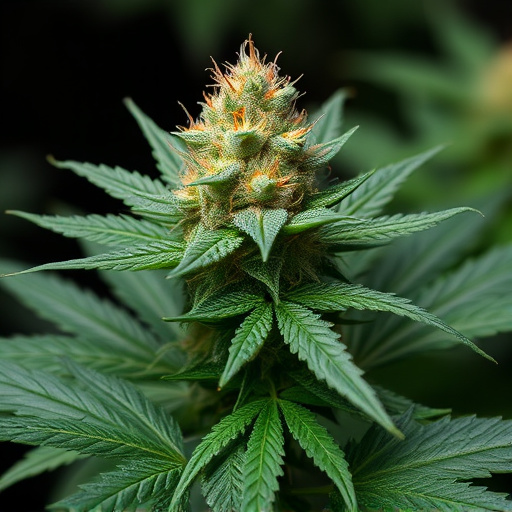
The connection between color and cannabis potency has intrigued both scientists and enthusiasts alike. While color itself doesn’t directly indicate potency, it can offer valuable insights into the specific cannabinoid profiles and terpene compositions of different strains. Cannabis plants produce a wide array of pigments, from chlorophyll to carotenoids, which not only contribute to their vibrant hues but also play a role in protecting the plant from environmental stressors.
Recent studies suggest that certain colors may be associated with higher levels of specific cannabinoids, like THC or CBD. For instance, darker shades could indicate a higher concentration of resins and terpenes, known for their aromatic properties and potential therapeutic benefits. When considering the best strains of cannabis, understanding the science behind color can help consumers make more informed choices, allowing them to select varieties that align with their desired effects and potency expectations.
Best Strains of Cannabis Known for Their Visual Appeal and Effects
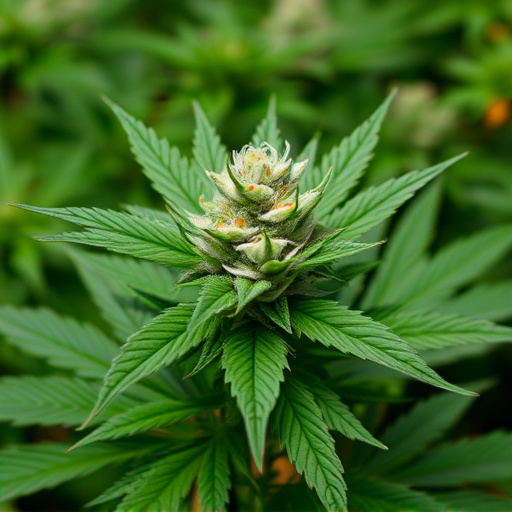
When it comes to the best strains of cannabis known for their visual appeal and effects, several varieties stand out for both their aesthetics and potency. Strains like Blue Dream and Super Silver Haze are renowned not only for their vibrant, blueish hues but also for delivering potent, uplifting experiences. These strains often top lists due to their well-balanced combination of THC and CBD levels, ensuring a harmonious high without overwhelming sensations.
Another popular choice is OG Kush, celebrated for its dense, trichome-covered buds that sparkle under UV light. This strain’s reputation extends beyond its visual allure; it’s known for inducing deep relaxation, making it a favorite among those seeking relief from stress and anxiety. The best strains of cannabis offer a sensory experience that captivates both the eyes and the mind, providing users with a diverse range of effects tailored to various preferences.
Exploring the Sensory Experience: How Color Influences Perception
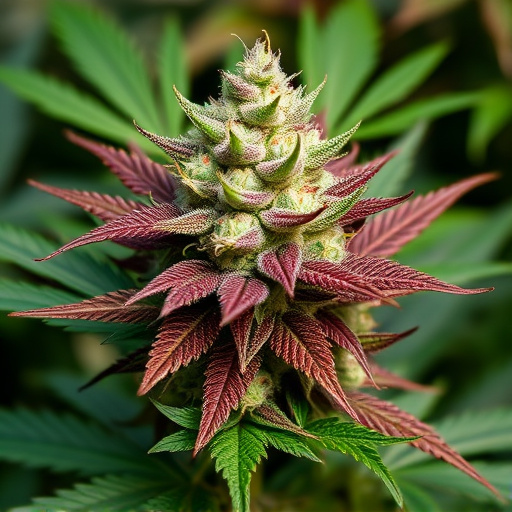
The human eye and brain work together to interpret colors, creating a sensory experience that can greatly influence our perceptions. In the context of cannabis, color plays a significant role in how we perceive its potency and overall quality. When it comes to exploring the best strains of cannabis, visual cues like hue, saturation, and brightness can offer valuable insights into the potential effects and flavors.
For instance, some cannabis varieties naturally develop vibrant colors due to specific cannabinoid profiles or environmental factors. Bright hues of orange, yellow, or red might indicate higher levels of terpenes—the compounds responsible for giving cannabis its unique aromas and potential therapeutic benefits. These visual cues can enhance the overall sensory experience, making it easier to anticipate the taste, aroma, and effects of the cannabis, especially for those who rely on their senses as a primary guide when choosing strains.
In exploring whether color affects cannabis potency, we’ve delved into the science behind sensory perception, examined visually appealing strains, and considered how color can enhance our experience. While color doesn’t directly correlate with potency, it plays a significant role in our enjoyment and interpretation of cannabis. Among the best strains known for their visual appeal and effects, diversity in hue offers a unique journey for each user. Understanding this intersection of color and perception can elevate our cannabis experiences, inspiring both cultivators and consumers to appreciate the intricate tapestry of this remarkable plant.
